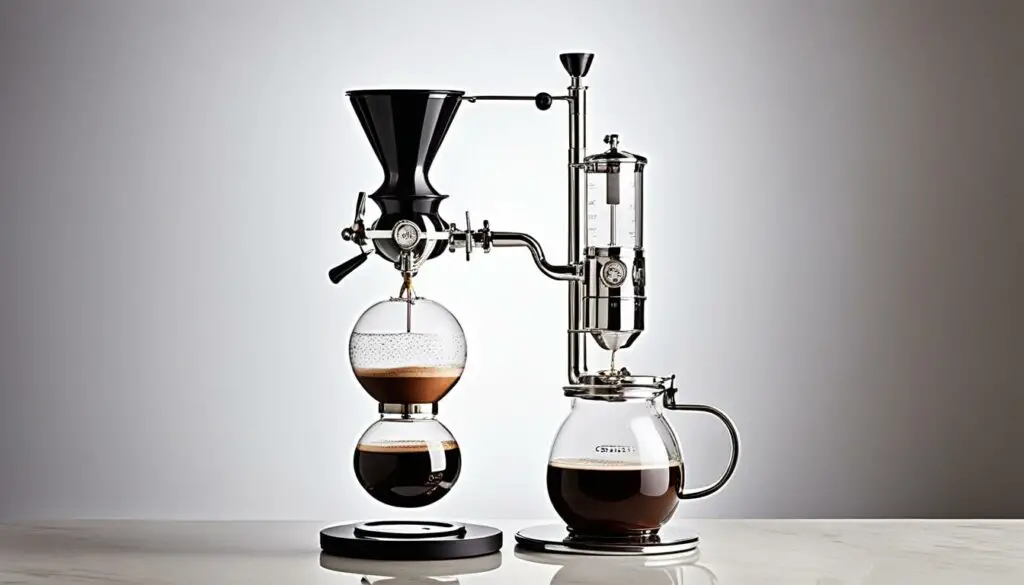The art of the dry cappuccino is a technique that involves creating a unique coffee beverage with a stronger and more intense flavor profile than a standard cappuccino.
This particular style of cappuccino is favored by those of us who enjoy a robust coffee taste and appreciate the opportunity to experiment with latte art.
The key characteristic of a dry cappuccino is its reduced amount of steamed milk and increased amount of foam, which not only enhances the flavors but also acts as an insulator to keep the espresso hotter for longer.
In contrast, a bone-dry cappuccino contains no steamed milk, while a wet cappuccino has a higher proportion of steamed milk to foam.
Customization options for cappuccinos include choosing different types of milk, sweeteners, flavors, and toppings.
If you are interested in recreating this beverage at home, the process involves heating milk, whipping foam, and brewing espresso to achieve the desired balance of coffee and foam, with minimal steamed milk.
What is a dry cappuccino?
A dry cappuccino is a variation of a traditional cappuccino with a higher proportion of foam and less steamed milk, resulting in a bolder and more intense flavor. This variant is achieved by increasing the amount of foam created during the milk-steaming process, which gives the cappuccino a lighter and airier texture.

The foam acts as an insulator, helping to keep the espresso hotter for longer. Some people prefer a dry cappuccino for the artistry it allows in creating intricate designs on the foam, while others appreciate the lightness and intensity of the flavor.
It is important to note that a bone-dry cappuccino has no steamed milk at all, while a wet cappuccino contains mostly espresso and steamed milk with little foam. The super wet cappuccino has no added foam and is technically a latte.
Ingredients and variations
Different types of milk, such as 1 or 2% milk, almond milk, or vanilla soy, can be used when preparing a cappuccino. The choice of milk can greatly influence the taste and texture of the cappuccino.
For those who prefer a lighter and more delicate flavor, almond milk or vanilla soy can be used as a dairy-free alternative. These milk options can also add a subtle sweetness to the cappuccino.
On the other hand, using 1 or 2% milk can result in a creamier and richer texture. The higher fat content in these milk options creates a thicker foam, which is essential for achieving the desired consistency of a cappuccino.
Ultimately, the choice of milk is a personal preference and can be customized to suit individual taste preferences.
How to make it at home
To prepare a homemade dry cappuccino, one can start by heating the milk of their choice and brewing a shot of espresso.
Once the milk is heated, it can be frothed using a milk frother or by vigorously whisking it. The frothed milk should have a velvety texture and creamy consistency.
Meanwhile, the espresso shot should be brewed using a coffee machine or a stovetop espresso maker.
Once both the milk and espresso are ready, the cappuccino can be assembled by pouring the espresso shot into a cup and then adding the frothed milk on top.
To enhance the flavor, one can sprinkle cocoa powder, cinnamon, or nutmeg on the foam.
Lastly, the cappuccino can be enjoyed immediately for the best taste and temperature.












